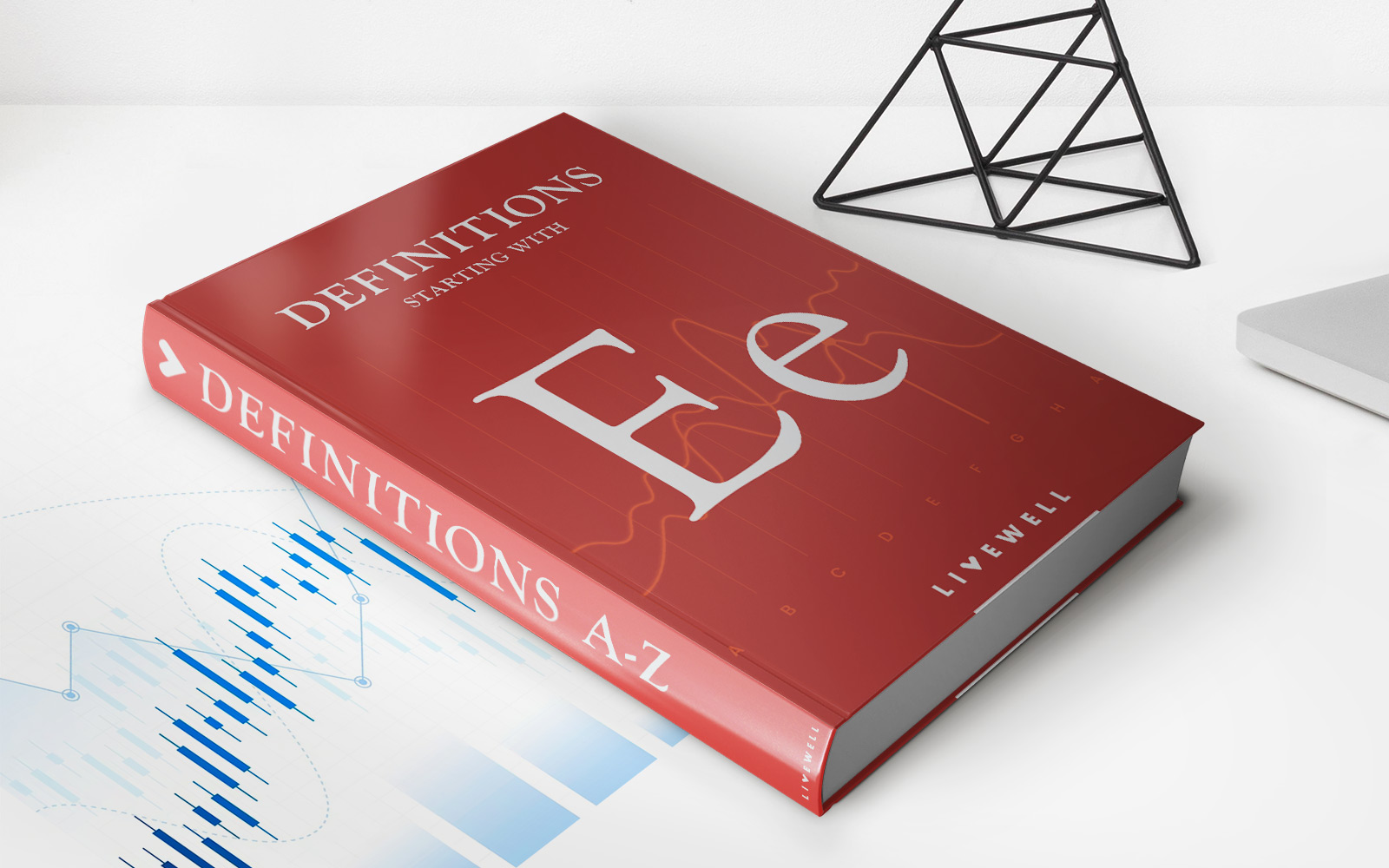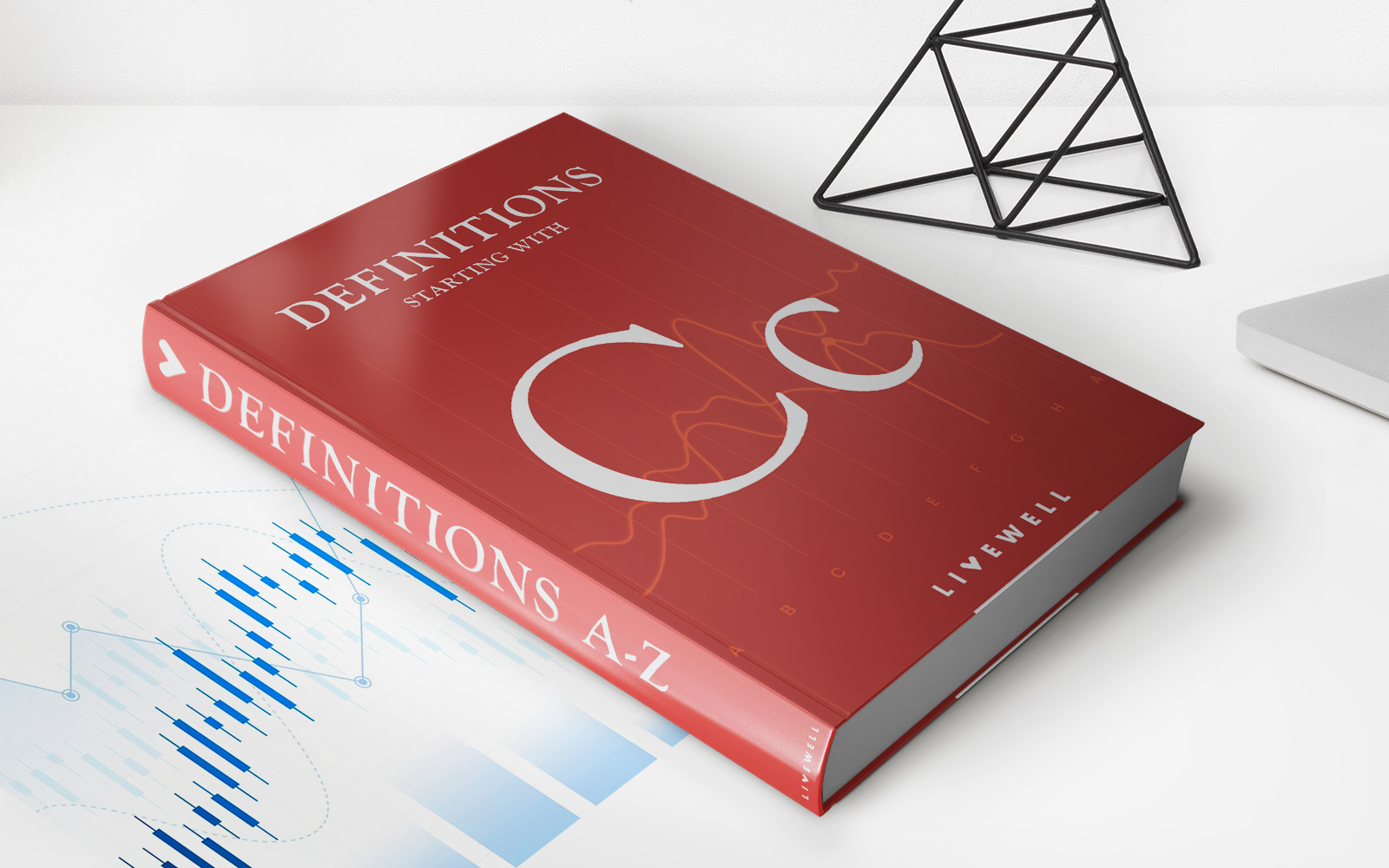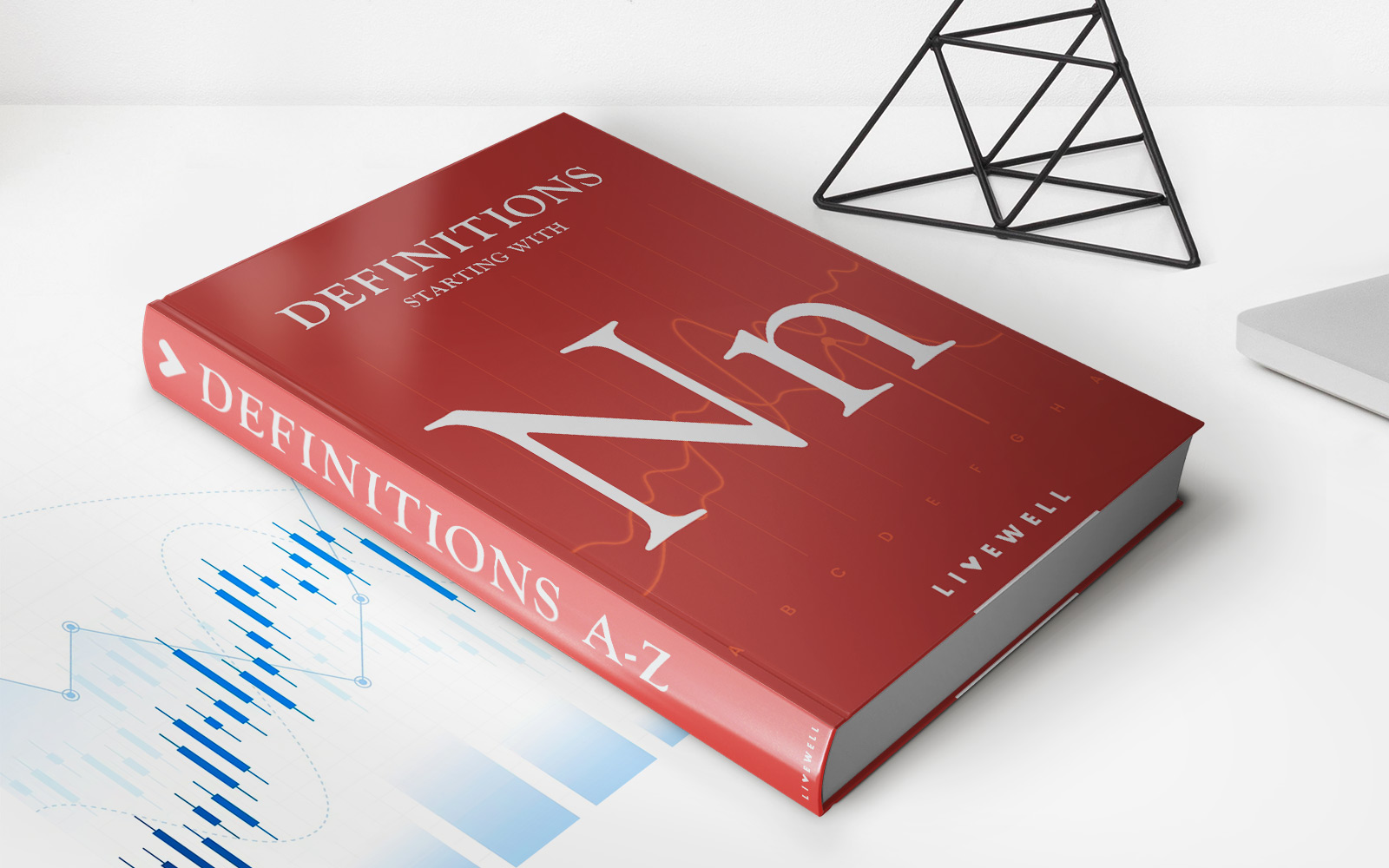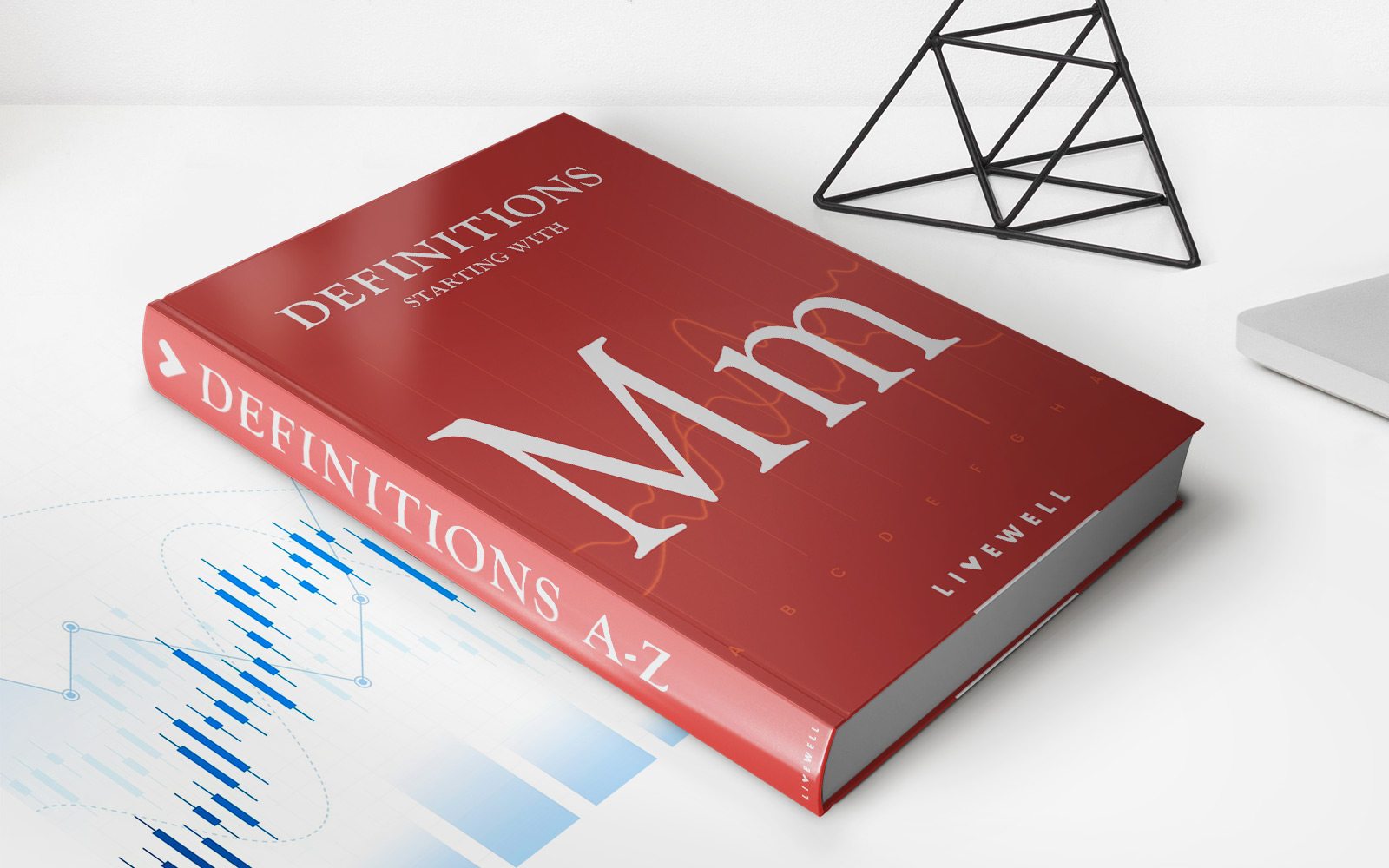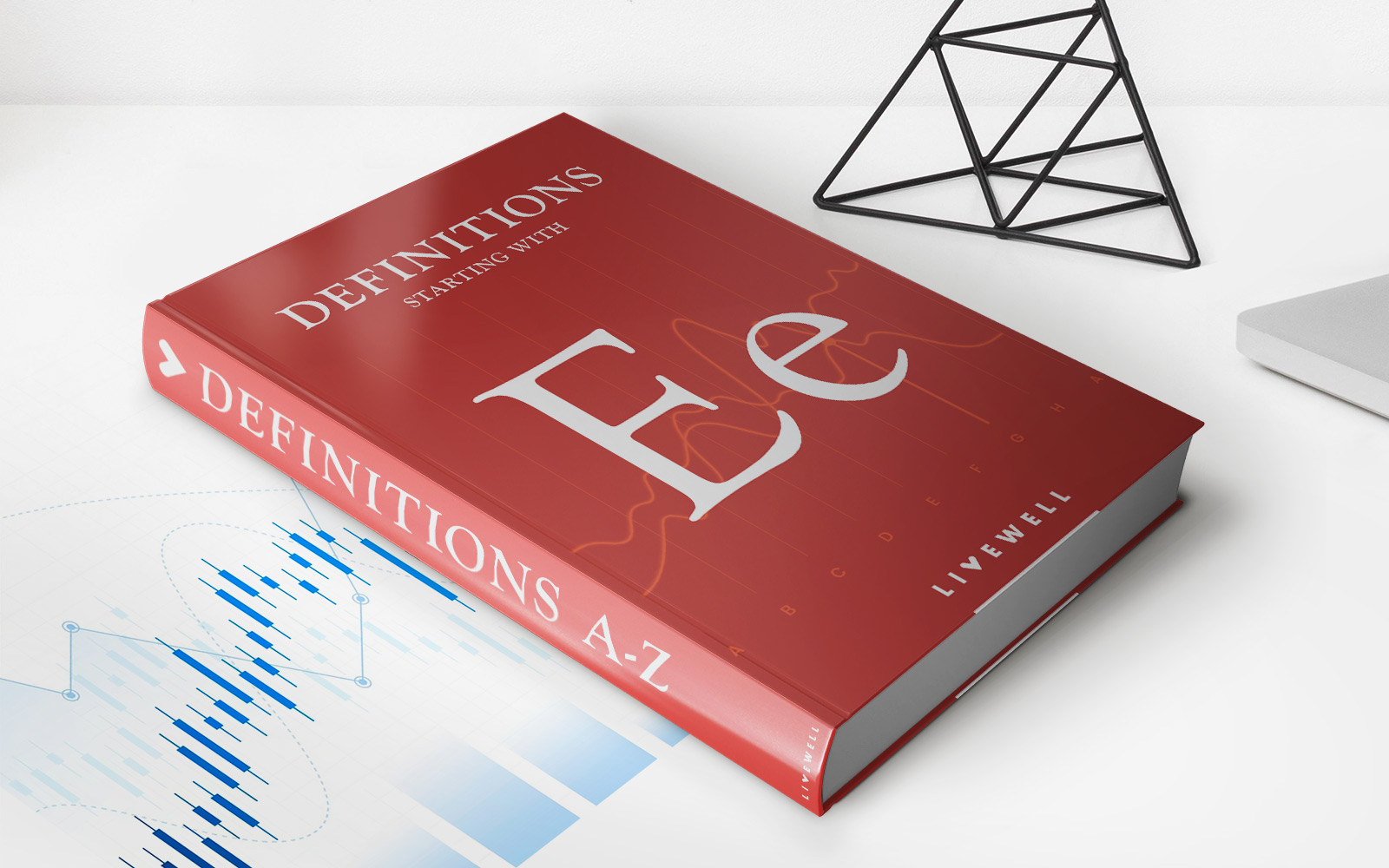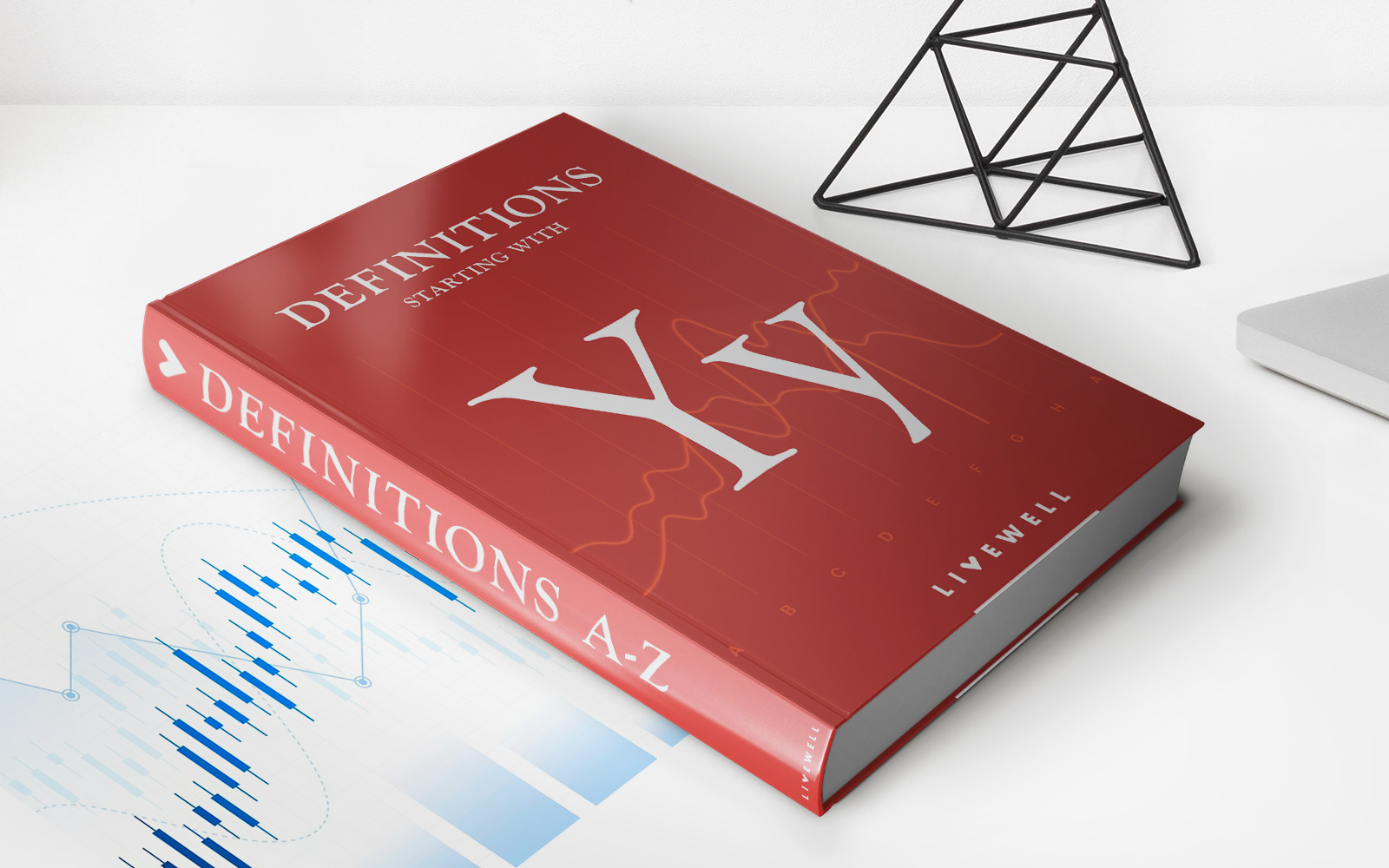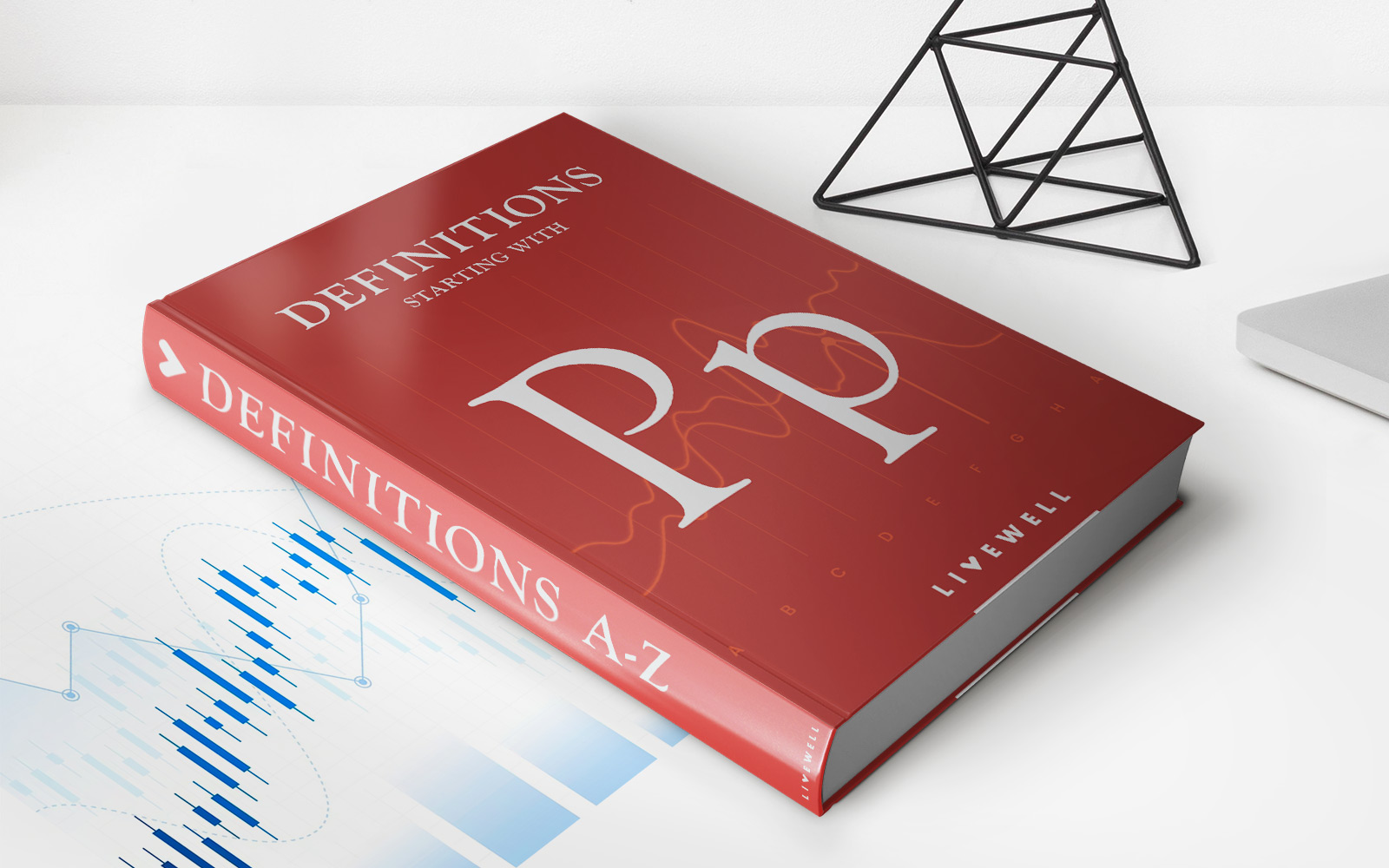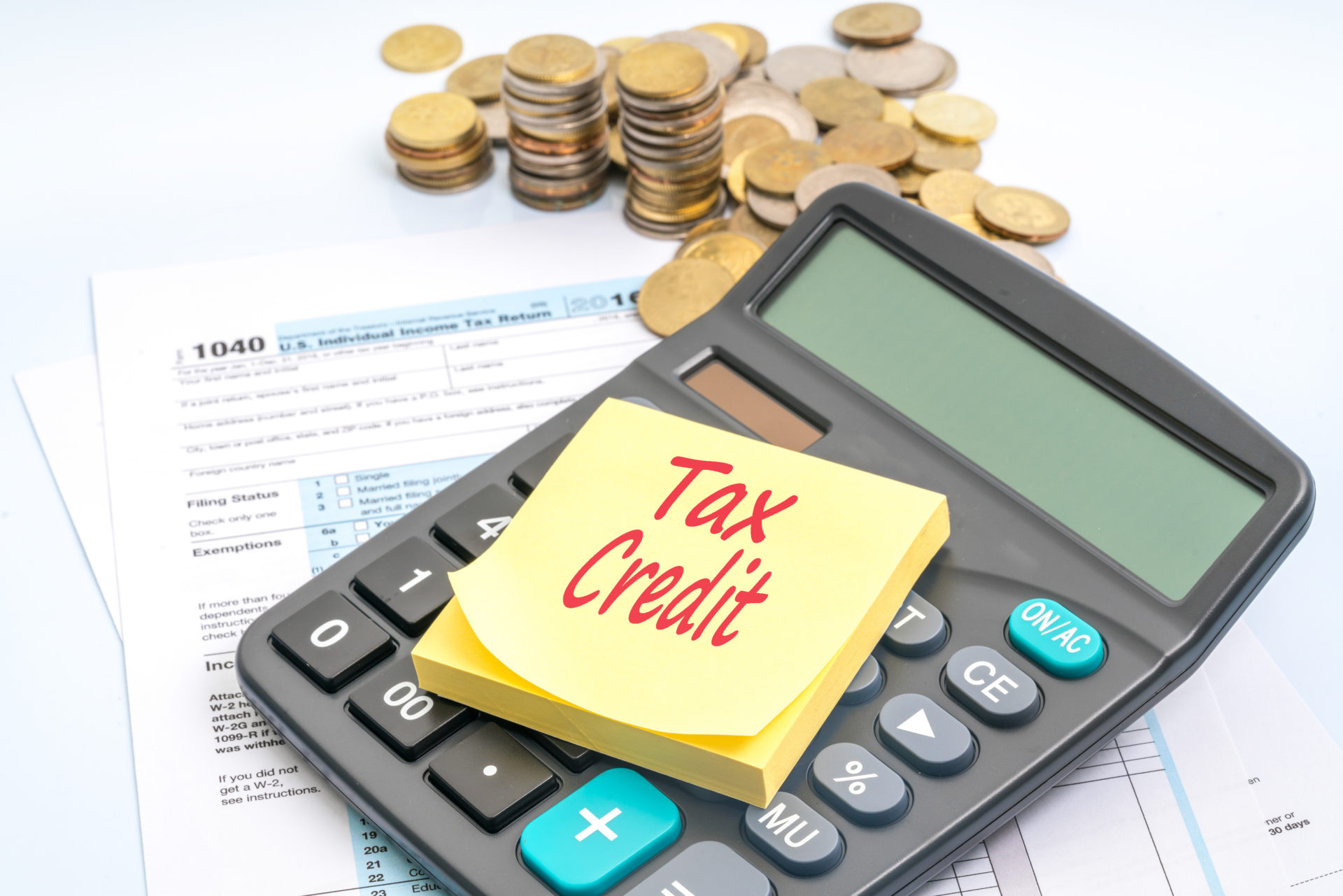Home>Finance>Expanded Accounting Equation: Definition, Formula, How It Works
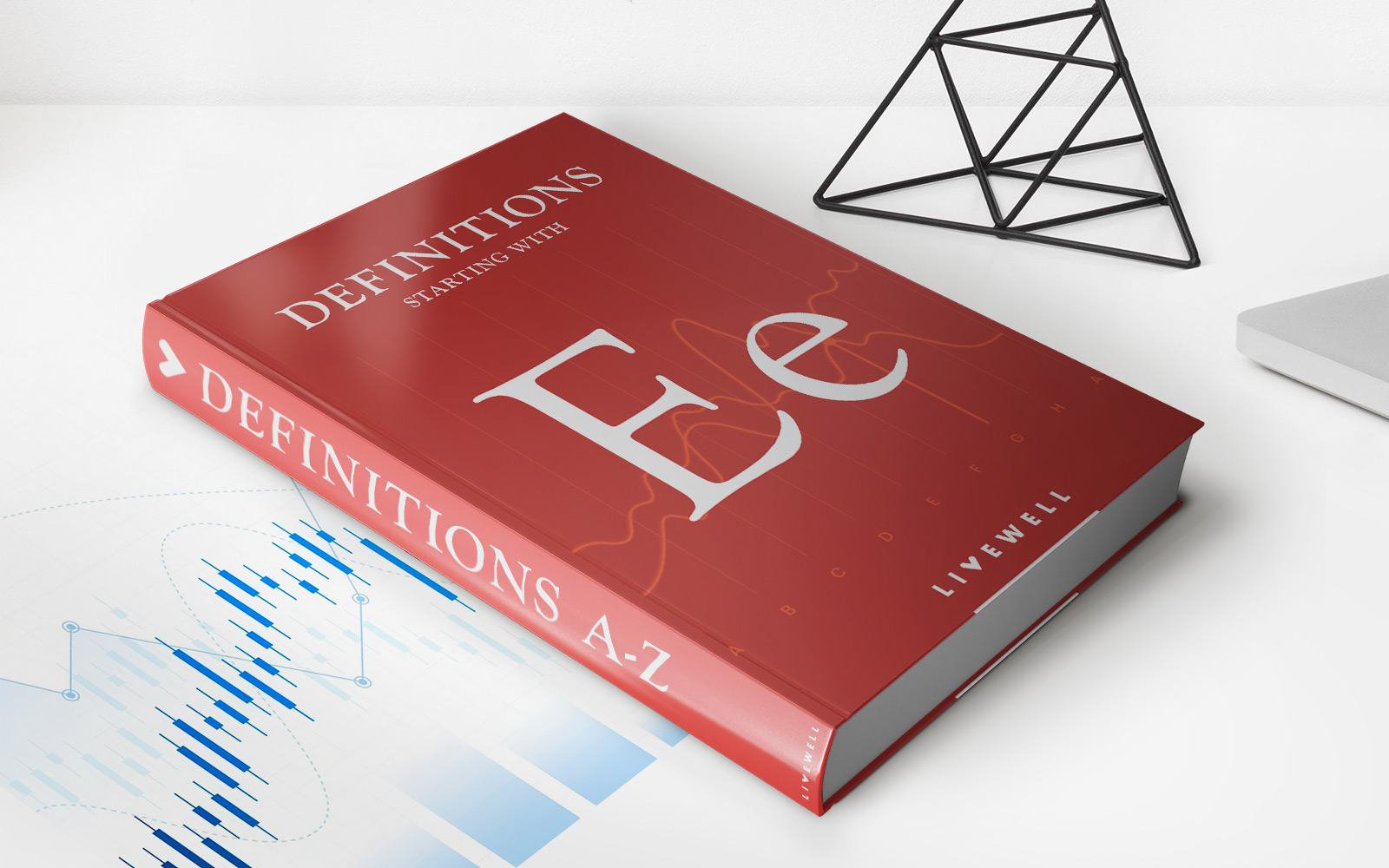

Finance
Expanded Accounting Equation: Definition, Formula, How It Works
Published: November 21, 2023
Learn about the expanded accounting equation in finance, its definition, formula, and how it works. Understand the key concepts to manage your finances effectively.
(Many of the links in this article redirect to a specific reviewed product. Your purchase of these products through affiliate links helps to generate commission for LiveWell, at no extra cost. Learn more)
Understanding the Expanded Accounting Equation
Managing your finances effectively is crucial for both individuals and businesses. When it comes to tracking and analyzing financial transactions, the accounting equation is a fundamental concept that provides a foundation for financial reporting. In this article, we will explore the expanded accounting equation, its formula, and how it works.
Key Takeaways:
- The expanded accounting equation is an essential tool for understanding the financial position of a company or individual.
- It expands on the basic accounting equation by including additional elements such as revenues, expenses, and dividends.
The Basic Accounting Equation
Before diving into the expanded accounting equation, let’s revisit the basic accounting equation: Assets = Liabilities + Owner’s Equity. This equation serves as the foundation for double-entry bookkeeping, where every transaction is recorded in at least two accounts.
Assets refer to the resources owned by an individual or business, such as cash, inventory, or property. Liabilities, on the other hand, represent the debts and obligations owed by the entity. Owner’s equity represents the owner’s or shareholders’ claim to the assets after deducting liabilities.
The Expanded Accounting Equation
The expanded accounting equation takes the basic equation a step further by including additional elements to provide a more comprehensive view of a company’s financial position. The expanded equation is as follows:
Assets = Liabilities + Owner’s Equity + Revenues – Expenses – Dividends
- Revenues: Revenues are the income generated by a business through its operations. This can include sales revenue, service revenue, or any other form of income.
- Expenses: Expenses are the costs incurred by a business to generate revenue or maintain its operations. This can include salaries, rent, utilities, and other operating expenses.
- Dividends: Dividends are the distributions of profits made by a corporation to its shareholders. It is important to note that dividends are not applicable to all types of entities.
The inclusion of revenues, expenses, and dividends in the expanded accounting equation allows for a more accurate representation of the financial performance of a company. By considering these elements, it becomes easier to assess whether a business is generating profit or incurring losses.
How It Works
Now that we understand the components of the expanded accounting equation, let’s look at how it works in practice. Every financial transaction affects one or more of the equation’s elements.
For example, if a company acquires new inventory by purchasing it with cash, the equation can be affected as follows:
- Assets increase (inventory)
- Assets decrease (cash)
Similarly, when a company pays for rent, the equation is affected as follows:
- Assets decrease (cash)
- Expenses increase (rent)
By recording these transactions accurately and maintaining the balance of the equation, businesses can ensure that their financial statements accurately reflect their operations and financial position.
In Conclusion
The expanded accounting equation is a powerful tool for understanding the financial position and performance of a company. By including revenues, expenses, and dividends in the equation, it provides a more comprehensive view of the financial health of a business. By accurately recording transactions and maintaining the balance, businesses can rely on their financial statements for decision-making and analysis. Understanding the expanded accounting equation is essential for anyone looking to dive deeper into the world of finance and accounting.
